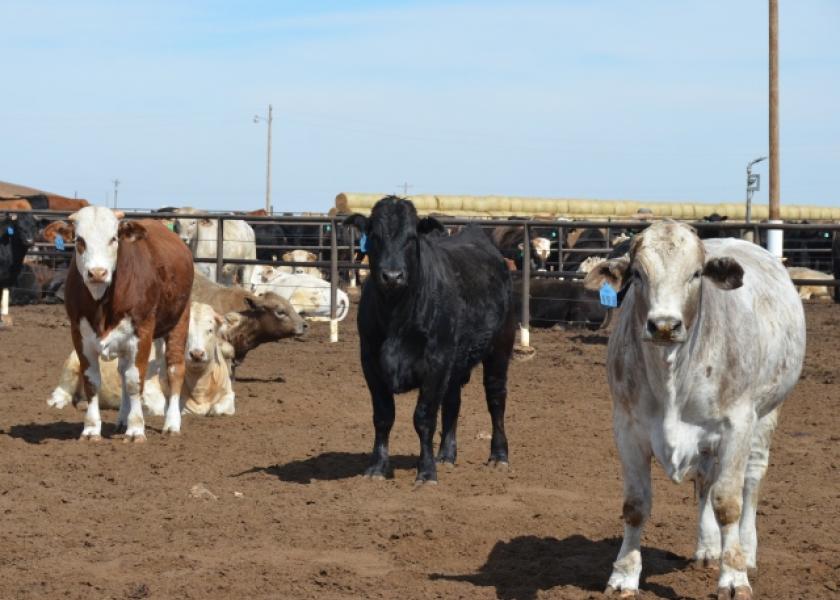Peel: April Cattle on Feed Report Not Easy to Understand

The April USDA Cattle on Feed report requires careful interpretation. The typical year-to-year comparisons are mostly meaningless because of the pandemic disruptions affecting markets one year ago. Comparisons to 2019 are more helpful to correctly understand the implications of this report. The on-feed total for April 1, 2021 was 11.897 million head, 105.3 percent of last year’s pandemic reduced level. The total is 0.5 percent lower than the 2019 level for the same date.
Feedlot placements in March were 128.3 percent of last year. However, the 1.997 million head total for March was 0.8 percent smaller than the March total for 2019. The March placement total likely did include some increase in placements pushed into March by the February winter storm. Nevertheless, the placement total was not only smaller than pre-report expectations but was somewhat bullish in an absolute sense.
March marketings were 2.04 million head, 101.5 percent of one year ago; seemingly small given that there was one additional March business day this year. However, the 2020 March marketing number was unusually large. The 2021 March marketings number is 14.8 percent larger than the 2019 level and was the highest monthly marketing total for any month since May 2019 and the highest March marketing total since 2000.
The current feedlot situation reflects the dynamics of the last year and suggests what to expect the rest of this year. Beginning in March 2020, the pandemic caused pronounced disruptions with direct impacts for several months and ripple effects that continue to today. The twelve months starting March 2020 had average monthly marketings and placements both decreased compared to the previous twelve months from March 2019 – February 2020. The average marketings were down slightly more than the decrease in placements in the previous twelve months and resulted in a rebuilding of feedlot inventories.
The February 2021 on-feed total of 12.106 million head was the largest monthly feedlot inventory of any month since February 2006. While feedlot inventories dropped seasonally in March and April, it may be into the second half of the year before feedlot inventories drop cyclically below year earlier levels. The bottom line is that the pandemic effectively delayed progress in pulling down fed cattle numbers in 2020 and pushed more cattle into the first half of 2021.
In the context of the longer term cattle cycle, the pandemic impacts have extended the pipeline of cattle supplies and the time needed for cyclically tighter supplies to be expressed in cattle markets. The calf crop peaked in 2018, decreasing in 2019 and 2020, and should have resulted in significantly smaller feeder supplies by the end of 2020. However, estimated feeder supplies on January 1, 2021 were down a scant 0.2 percent year over year and total U.S. feedlot inventories started 2021 fractionally higher year over year.
Fed cattle prices have been disappointingly stagnant thus far in 2021, largely under the pressure of ample feedlot supplies. Fed cattle price improvement is expected in the second half of the year but progress has been slower than expected due to residual effects of pandemic disruptions and the February winter storm. Fed prices are expected to be higher year-over-year for the remainder of the year, mostly when compared to pandemic-reduced prices last year, but also due to improving fed cattle market fundamentals as the year progresses.







